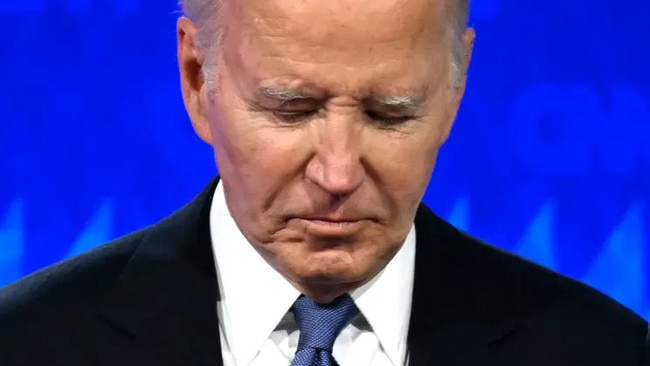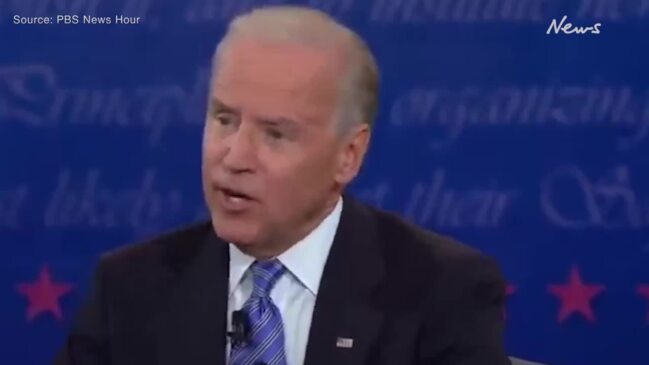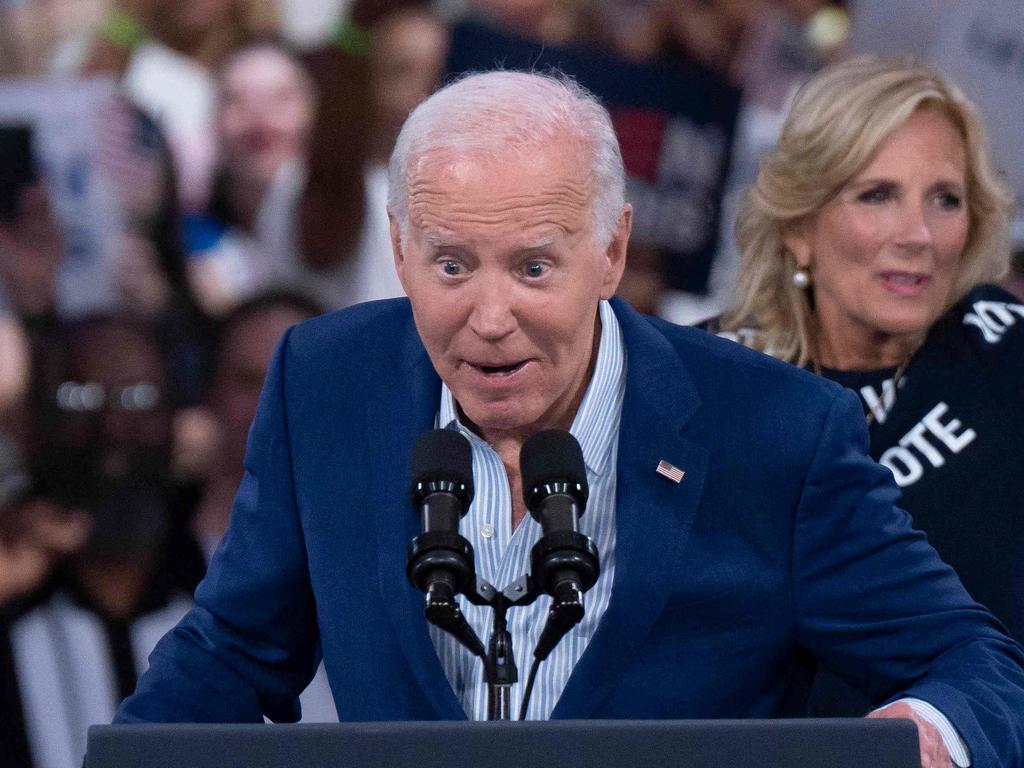The US will become a tariff protected society and the rest of the world will likely follow suit


The US will become a tariff protected society and the rest of the world will likely follow.
And at the weekend the strong vote for Marine Le Pen, the leader of the National Rally, means France is headed to migration policies that have a similarity to those of Donald Trump and there will be less emphasis on Europe and more on France.
Marine Le Pen’s policies are not the same as Trump, but she is heading in a very similar direction and the combination has world implications, especially as both want the Ukraine war to end.
Back to the US, and global central bankers were watching the Biden stumbles knowing that a Trump presidential election victory would almost certainly herald a very different interest rate setting environment.
And in Beijing they also watched the stumbles. China is looking at further refining its plans to adapt to Trump’s plan to impose big tariffs on US imports of Chinese goods.
The Chinese plans would be unveiled in the four day third plenum of the Communist Party’s Central Committee starting in two weeks to map out major economic strategies for the next 5 to 10 years.

China’s top officials, provincial party secretaries, senior generals and heads of state owned enterprises will assemble in Beijing for the third plenum at a time when Trumpism is spreading and there is considerable turmoil in China.
In essence, if elected as President, Trump will impose a 10 per cent tariff on all imports, probably including those from countries where the US has a free trade agreement like Australia.
But the tariff on Chinese exports to the US would be 60 per cent.
Trump has learned from past “mistakes”, so any tariff regime change must be widespread and simple.
In effect he is imposing a GST-type tax but only on imports and he is seriously considering distributing the windfall tariff gains to the community via a reduction or even an elimination of income tax. Many other countries will follow the US lead.
In office, Biden did not abandon all the Trump tariff measures but is not planning a similar action to the 2025 proposed Trump tariffs.
Australia introduced the GST in July 2000 and it caused an immediate rise in prices. The Trump tariffs will have the same impact although the front runner in the US presidential campaign claims that importers will reduce their prices and there will be no significant rise.
Trump will almost certainly be anxious that the Federal Reserve does not increase interest rates in response to the tariffs and likely tax cuts.

Trump has already criticised some of the decisions of the Federal Reserve under chair Jerome Powell. If Trump becomes President he will almost certainly want to have conversations with the Federal Reserve Chair.It would be the start of a potentially less independent US interest rate setting system.
Given the deliberations of the US Federal Reserve impacting interest rates around the globe, this has the potential to be a major change to the way global interest rates are established.
When it comes to company tax Trump plans to lower the rate from 21 to 20 per cent . Biden plans to increase company tax to 28 and plans a wide range of personal tax increases which will not be popular.
The combination of Trump’s lower taxes, the likely investment in new plant to replace imports plus a lower labour availability as a result of the expulsion of immigrants, creates a cocktail for continued inflation even if we set aside the GST-style price rise that will follow the initial tariff introduction.
If the US Federal Reserve ignores any presidential protests there will be high interest rates which will maintain the strength of the American dollar and nullify some of the impacts of the tariff.
In China, the third plenum will tackle the trend in the global supply chain to reduce dependence on China and the fierce competition with the United States and other Western nations.for markets and technology.
China has signalled that it will aim to expand international technology exchanges, attract and retain more overseas talent, and be more active in global technology governance.
A priority will be to build what it calls a “a globally competitive” environment for technological innovations.
We are looking at a China that may respond by attacking Taiwan but may also respond by becoming a globally competitive source of new technology.
Australia will have a number of difficult decisions in that environment including nuclear power where the Chinese have developed technology around molten salt cooled thorium power for use in ships and submarines as well as power stations.





Business strategists and economists watched every Biden stumble in the debate with Donald Trump knowing it signalled substantial curbs to the global free trading system that has dominated the world in recent decades.